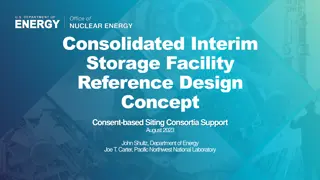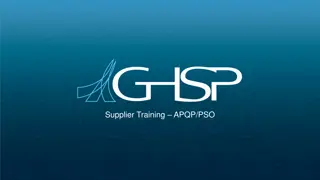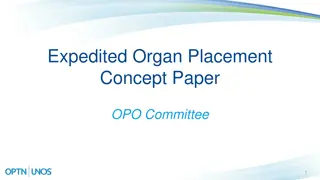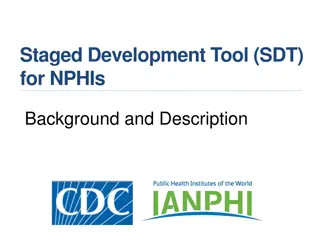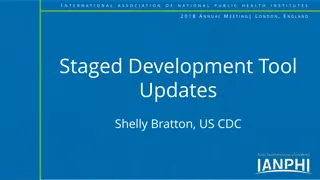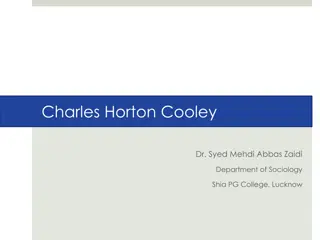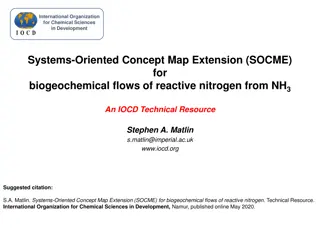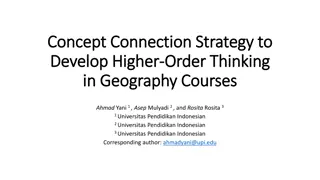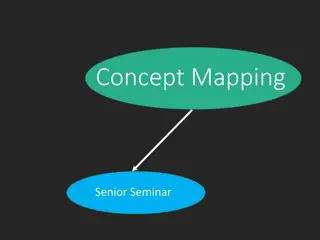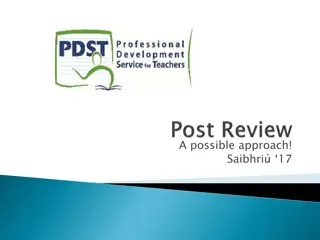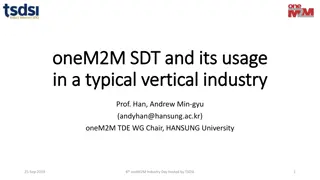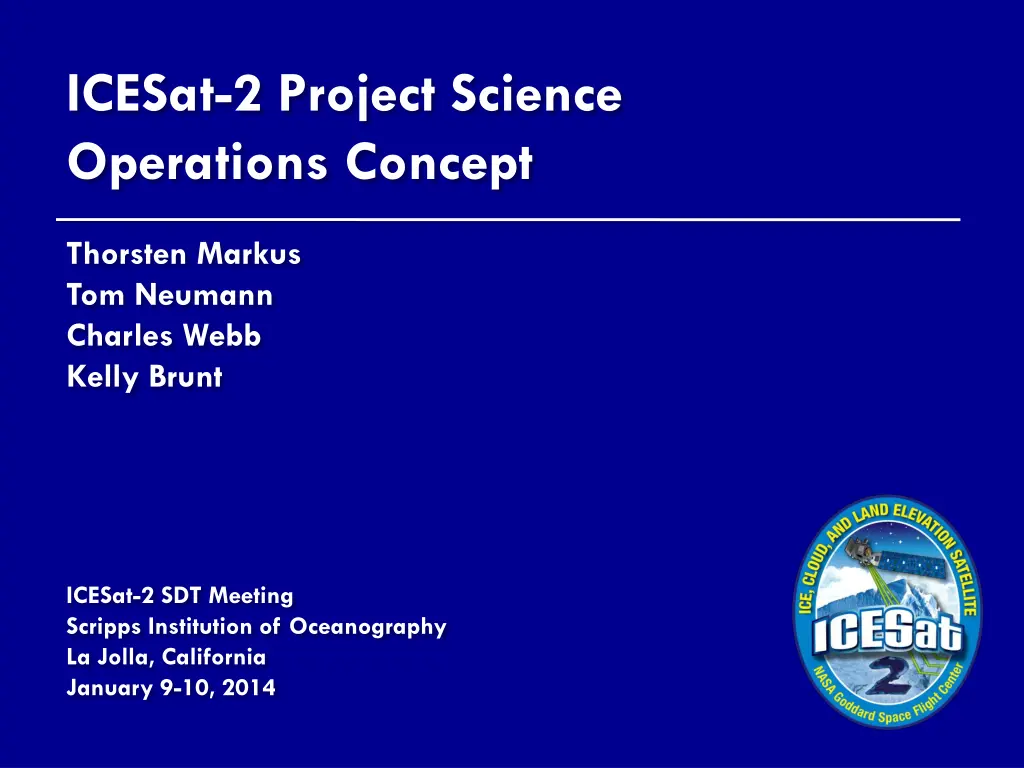
ICESat-2 Science Operations Concept and Targeting Priorities
Explore the ICESat-2 project's science operations concept and priorities, including elevation change accuracy requirements, target selection processes, and considerations for alternate science targeting requests. Learn about polar reference ground tracks, vegetation sampling, ocean scans, and more. Discover how requests are evaluated, factors to consider, and the review board process for deviations from primary science data collection.
Download Presentation

Please find below an Image/Link to download the presentation.
The content on the website is provided AS IS for your information and personal use only. It may not be sold, licensed, or shared on other websites without obtaining consent from the author. If you encounter any issues during the download, it is possible that the publisher has removed the file from their server.
You are allowed to download the files provided on this website for personal or commercial use, subject to the condition that they are used lawfully. All files are the property of their respective owners.
The content on the website is provided AS IS for your information and personal use only. It may not be sold, licensed, or shared on other websites without obtaining consent from the author.
E N D
Presentation Transcript
ICESat-2 Project Science Operations Concept Thorsten Markus Tom Neumann Charles Webb Kelly Brunt ICESat-2 SDT Meeting Scripps Institution of Oceanography La Jolla, California January 9-10, 2014
Background ICESat-2 has specific Level-1 elevation change accuracy requirements that must be met The scope of the mission extends beyond land and sea ice to include vegetation sampling in the mid-latitudes (unlike ICESat-1) The Project Science Office (PSO) is in the process of establishing priorities for targeting during the mission prior to launch Continuous operation of ICESat-2 necessitates a transparent and routine process for alternate science targeting requests Requests to deviate from primary science data collection will require advance notice and justification
Science Target Priorities Polar reference ground tracks (RGTs) Vegetation off-points Ocean RGTs Ocean & around-the-world scans PSO calibration targets Science Team requests from core disciplines: ice sheets, sea ice, oceans, vegetation also includes inland water, seasonal snow, permafrost Non-core science requests (e.g., volcanoes, agriculture, urban), especially those from NASA-funded investigators
Requests: Evaluation Establish a review board, similar to a configuration change board (CCB) Members will include PSO and Science Team representatives Meet weekly/bi-weekly via telecon Requests passed to ISF for conflict evaluation Reasons for disapproval returned to requestor: lack of adequate justification or conflict Notification of deviation from primary science will be sent to investigators (ST + funded scientists)
Requests: Factors to Consider Length/duration of proposed disruption (including transitions) Location (with respect to polar and vegetation priorities) can this data be obtained at another time? Opportunity cost/scientific merit: is the disruption to regular data acquisition warranted? Past use/frequency of request: is data from the same target repeatedly requested? Is it being used? Discipline: does the proposed data collection activity fall within the mission scientific objectives?
Requests: Inputs Required Location/RGT number Direction: ascending or descending Indicate whether target is time-critical Rationale, including why ICESat-2 should be used, rather than other data sets Identify any changes to what is downlinked (e.g., width of range window, strong/weak spots)
Requests to Commands: Process Request ICESat-2 Project Science Office Notify Requestor NO Uplink T-3 days Mission Operations Center YES NO Review Board Approval T-5 days YES Instrument Support Facility Mission Operations Center Instrument Support Facility 3-week load plan IOTL T-7 days

![get⚡[PDF]❤ The Hubble Space Telescope: From Concept to Success (Springer Praxis](/thumb/21514/get-pdf-the-hubble-space-telescope-from-concept-to-success-springer-praxis.jpg)
